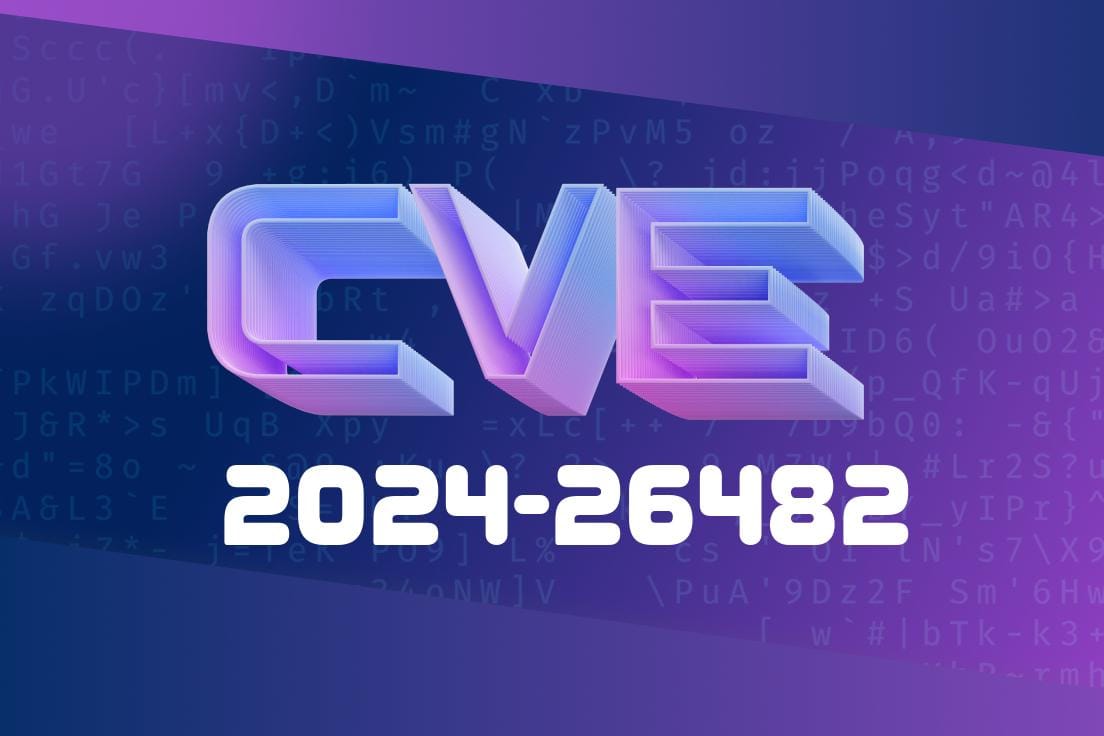A Common Vulnerabilities and Exposures (CVE) entry, titled CVE-2024-26482, has been recently published, highlighting a security vulnerability present in the Edit Content Layout module of Kirby CMS v4.1.. This post aims to provide an in-depth analysis of the vulnerability, links to original references, and the coding practices needed to mitigate this issue.
Vulnerability Background
Kirby CMS is a Content Management System (CMS) that allows users to manage their website content and layout effortlessly. A vulnerability has been identified in Kirby CMS v4.1., resulting from an HTML injection issue in the Edit Content Layout module. The vulnerability allows an attacker to inject malicious HTML code into their content, which is rendered and executed by a visitor's browser when they access the affected page.
However, the developers behind Kirby CMS have disputed the significance of this report, stating that while some HTML formatting is allowed, the backend sanitization process should prevent the possibility of "injecting malicious scripts."
Regardless of the dispute, this post breaks down the code snippets associated with the vulnerability, and the manner in which an attacker could exploit this issue.
Code Snippet
The following code snippet demonstrates an example of an HTML injection vulnerability in Kirby CMS's Edit Content Layout module:
// An example of vulnerable HTML input
$content = "<h1>My Heading</h1><script>alert('Exploited!');</script>";
// Rendering the content in Kirby CMS v4.1.
echo $kirby->render($content);
In this example, the input $content contains an H1 HTML element, followed by a script tag that contains a JavaScript alert. The render() function of Kirby CMS would then output this content to the browser, resulting in the execution of the JavaScript code.
Exploit Details
To exploit this vulnerability, an attacker can simply inject malicious HTML code into the content managed by Kirby CMS. This could be done through various means, including social engineering attacks, where the attacker tricks a user with edit access to inject the code on their behalf. The exploit could lead to the execution of malicious scripts that could steal user data, manipulate the DOM to perform phishing attacks, or even exfiltrate other sensitive information.
References
1. CVE-2024-26482 - Kirby CMS v4.1. HTML Injection Vulnerability Report
2. Kirby CMS - Official Website
3. Kirby CMS v4.1. - Edit Content Layout Module Documentation
Mitigation Steps
To mitigate the vulnerability, it is recommended to employ proper output encoding when rendering user-supplied content in HTML. This could be accomplished by implementing a secure output encoding library, such as OWASP's Java Encoder library, which can prevent the rendering of injected HTML code.
Furthermore, it is essential to adopt a secure Content Security Policy (CSP) to limit the execution of scripts from untrusted sources. By using a strict CSP, it is possible to prevent the browser from executing malicious scripts injected via an HTML injection attack.
Conclusion
In conclusion, while the developers behind Kirby CMS dispute the report's significance, it is essential to consider adopting secure coding practices and proper output encoding to mitigate the potential risk associated with CVE-2024-26482. By following the recommendations provided in this post, it is possible to minimize the impact of HTML injection vulnerabilities and maintain a more secure web application.
Timeline
Published on: 02/22/2024 05:15:09 UTC
Last modified on: 05/17/2024 02:37:12 UTC
